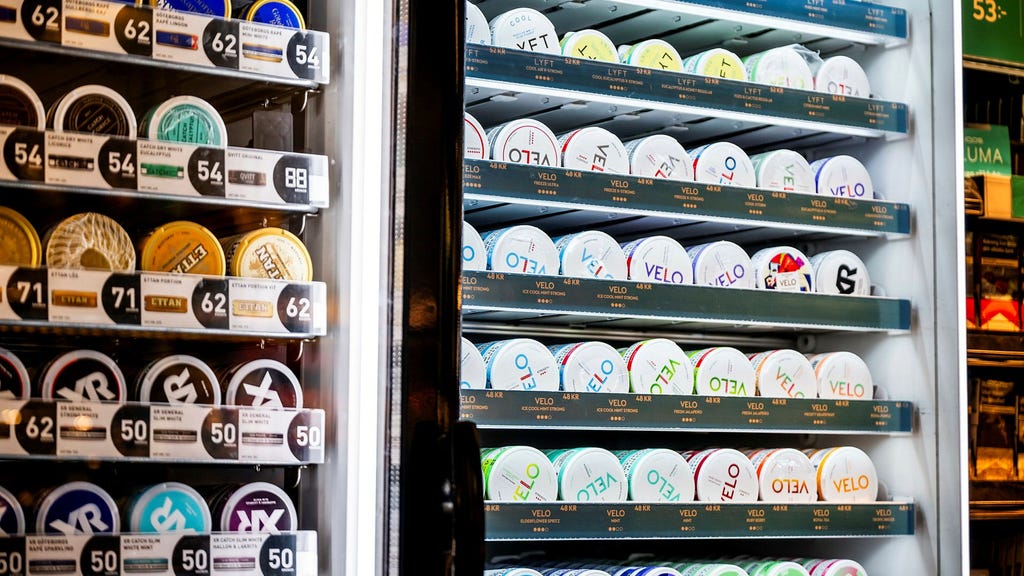The landscape of tobacco consumption in Sweden has undergone a dramatic transformation in recent years, marked by a significant decline in cigarette smoking and a concurrent surge in the use of snus, particularly the white, non-tobacco variety. This shift represents a complex interplay of factors, including evolving social norms, public health campaigns, the introduction of innovative products, and the unique regulatory environment surrounding tobacco in Sweden. While the decrease in smoking is undoubtedly a positive trend from a public health perspective, the implications of the rapid rise in snus use, especially among younger demographics, warrant careful consideration and ongoing research.
The decline in cigarette smoking reflects decades of public health efforts aimed at educating the public about the dangers of smoking and implementing policies to discourage its use. These efforts include increased taxation on tobacco products, comprehensive smoking bans in public spaces, and sustained public awareness campaigns highlighting the link between smoking and serious health conditions like lung cancer, heart disease, and respiratory illnesses. The impact of these measures is clearly visible in the decreasing prevalence of smoking across all age groups in Sweden. However, the emergence of snus, particularly the newer white snus variants, has introduced a new dimension to the conversation about tobacco harm reduction.
The rise in snus consumption, a staggering 120% increase since 2003, can be largely attributed to the introduction and popularization of white snus. Unlike traditional snus, which contains tobacco leaves, white snus is primarily composed of plant fibers, nicotine, and flavorings. This distinction is crucial because it allows white snus to circumvent certain regulations and restrictions applied to traditional tobacco products, potentially making it more accessible to younger consumers. Furthermore, the marketing of white snus often emphasizes its discreet nature and perceived lower health risks compared to smoking, which may contribute to its appeal among those seeking a nicotine alternative. While the long-term health effects of white snus are still under investigation, it’s important to acknowledge its potential for nicotine addiction and other potential health consequences.
The Swedish experience with snus presents a unique case study in tobacco harm reduction strategies. Sweden boasts the lowest smoking rates in Europe, a fact often attributed to the widespread availability and acceptance of snus as a less harmful alternative to cigarettes. Proponents of this ”Swedish Model” argue that providing access to less harmful nicotine products can help smokers transition away from cigarettes and ultimately reduce the overall burden of tobacco-related diseases. However, critics express concern about the potential for snus to serve as a gateway to nicotine addiction, particularly among young people who may not have otherwise used tobacco products. This debate highlights the complexities of balancing harm reduction with the need to prevent nicotine addiction, especially in vulnerable populations.
Understanding the multifaceted factors contributing to the changing patterns of tobacco use in Sweden requires a nuanced approach. While the decline in smoking is undoubtedly a positive development, the rapid rise of snus, especially white snus, introduces new challenges. Further research is crucial to fully understand the long-term health effects of white snus, its potential for addiction, and its impact on overall tobacco consumption patterns. Additionally, policymakers must carefully consider the regulatory framework surrounding snus to ensure that it effectively minimizes harm while preventing initiation among young people. The Swedish experience offers valuable insights for other countries grappling with the challenges of tobacco control, reminding us that successful public health strategies require a comprehensive and adaptable approach.
In conclusion, the evolving landscape of tobacco use in Sweden, characterized by a decrease in smoking and a concurrent surge in snus consumption, particularly white snus, necessitates a balanced perspective. While celebrating the significant progress made in reducing smoking rates, it’s crucial to acknowledge the potential risks associated with the increasing popularity of snus, especially among younger populations. Ongoing research, robust public health initiatives, and thoughtful regulatory policies are essential to navigate this complex landscape and ensure that progress in tobacco control is sustained while mitigating potential harms associated with emerging nicotine products. The Swedish experience underscores the dynamic nature of tobacco use and the need for continuous adaptation and evaluation of harm reduction strategies.














